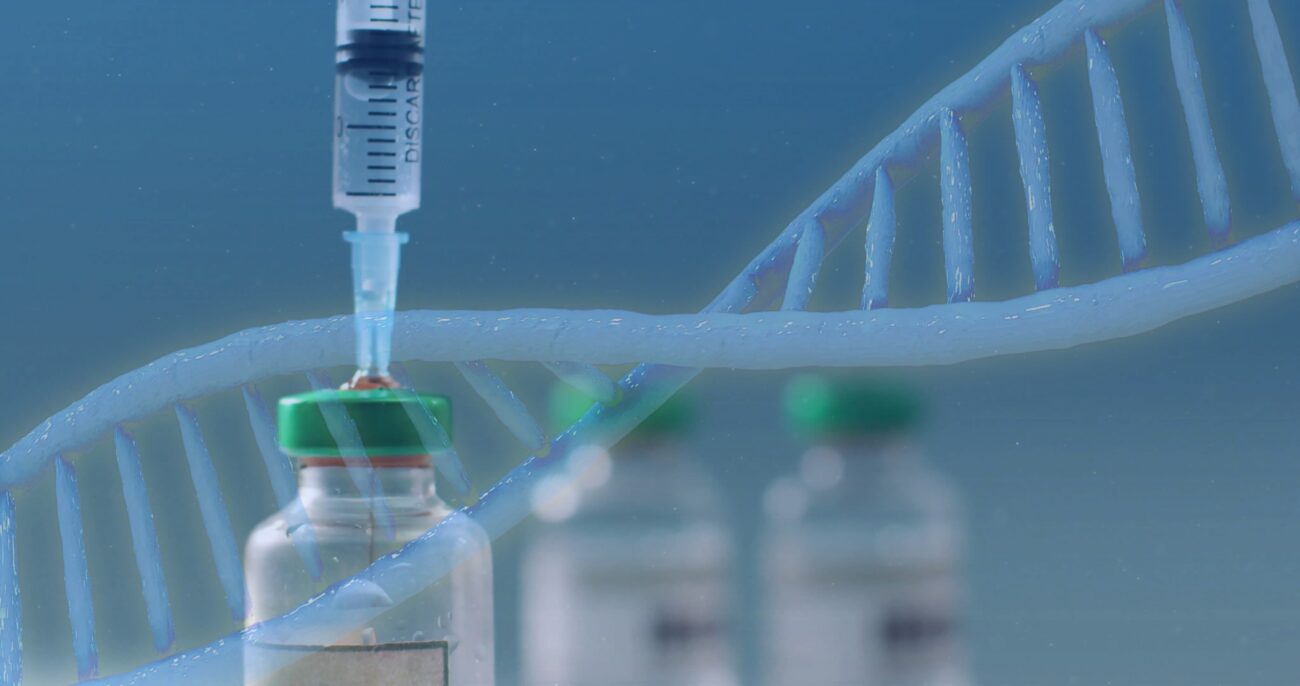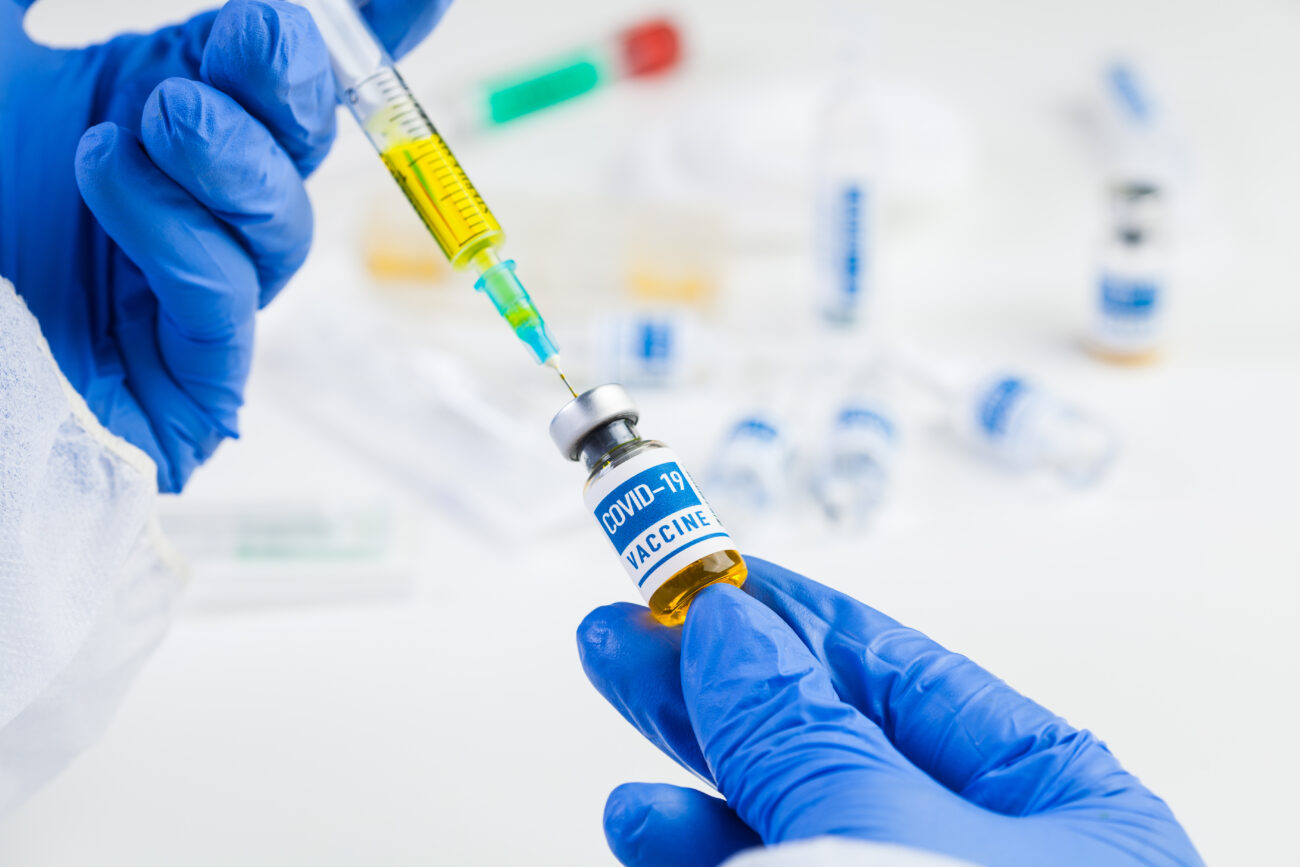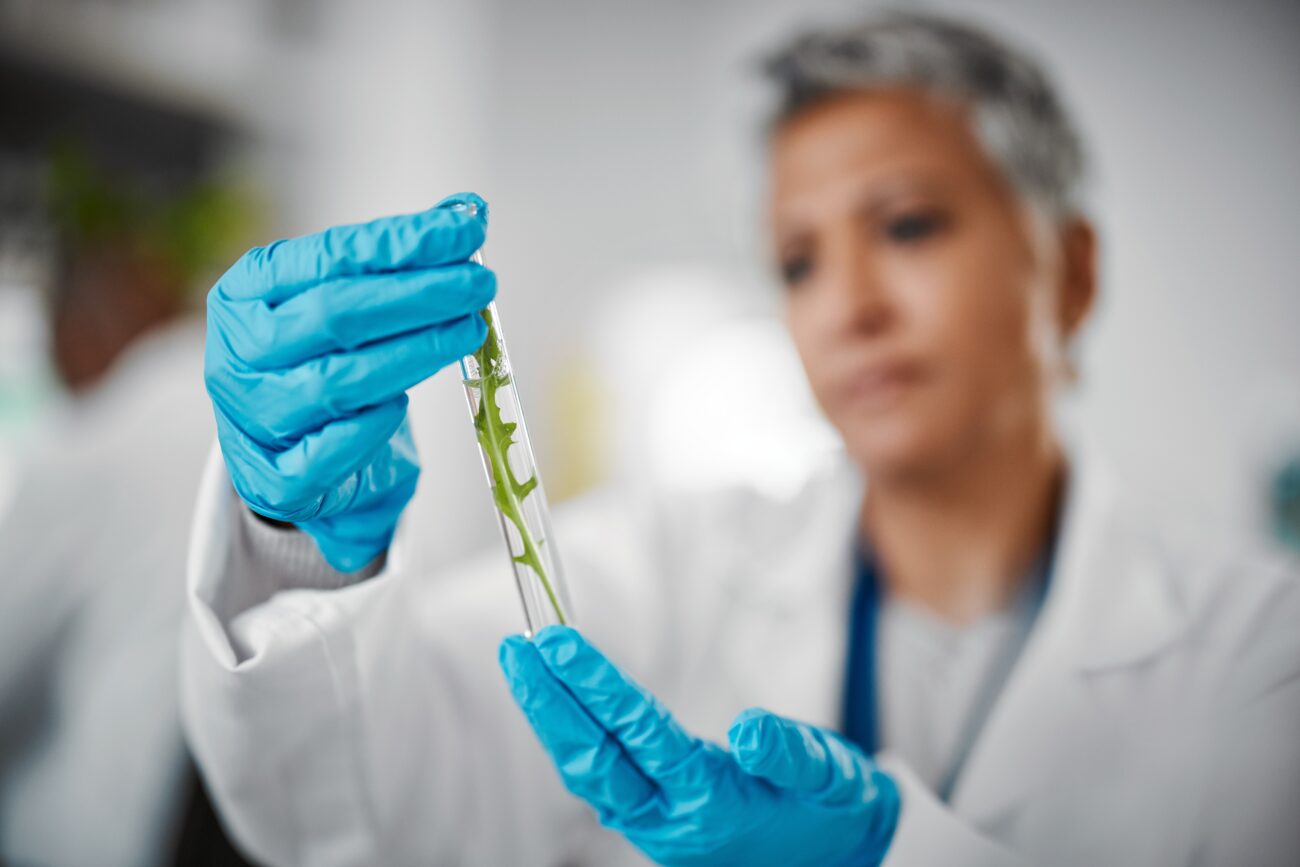Continuous Manufacturing in Biopharma: Myth or Future Standard?
The biopharmaceutical industry, long defined by complex batch-based processes, is now at a pivotal crossroads. As scientific advancements and regulatory frameworks evolve, the concept of continuous manufacturing (CM) is gaining attention. But the question remains:

The biopharmaceutical industry, long defined by complex batch-based processes, is now at a pivotal crossroads. As scientific advancements and regulatory frameworks evolve, the concept of continuous manufacturing (CM) is gaining attention. But the question remains: is CM a revolutionary future standard in biopharma—or just an overhyped myth struggling to gain traction?
Understanding Continuous Manufacturing
In traditional batch manufacturing, production occurs step-by-step with pauses for testing, quality checks, and storage between stages. Continuous manufacturing, by contrast, involves an uninterrupted flow of raw materials through integrated processes to produce a final product. This approach, already proven in industries like petrochemicals and food, promises real-time quality control, efficiency, and scalability.
Advantages: Efficiency, Quality, and Agility
For biopharma, the potential benefits of CM are substantial:
- Speed to Market: CM can dramatically shorten production timelines by eliminating downtime between batches. This is particularly vital during pandemics or in the race to bring biologics and cell therapies to market.
- Real-Time Monitoring: Continuous production allows real-time monitoring and control using Process Analytical Technology (PAT), improving product consistency and reducing variability.
- Smaller Footprint and Flexibility: CM systems are often more compact, reducing the need for large-scale facilities. They can be adjusted rapidly to produce different biologics with minimal reconfiguration.
- Cost Efficiency: Although the initial investment is high, CM can reduce operating costs over time by improving yield, reducing waste, and minimizing human error.
The Challenges: Biology, Complexity, and Regulation
Despite the promise, widespread adoption remains slow—especially for biologics—due to several persistent challenges:
- Complex Biology: Biologic drugs are sensitive and require tightly controlled environments. Managing these variables continuously without compromising product integrity is a formidable challenge.
- Technology Integration: CM demands integration of upstream and downstream processes, real-time analytics, and advanced automation—all working seamlessly. Most legacy systems aren’t designed for this level of integration.
- Regulatory Uncertainty: While agencies like the FDA and EMA support CM, regulatory pathways for biologics are still evolving. Companies worry about changing compliance requirements and the lack of standardized guidance.
- High Initial Investment: Designing and validating CM systems requires significant capital, skilled personnel, and robust data systems—resources not every biopharma company has.
Myth or Momentum?
Is continuous manufacturing a myth in biopharma? The evidence suggests otherwise. Industry pioneers such as Janssen, Vertex, and Amgen have already implemented CM systems for select drugs, demonstrating feasibility and unlocking faster production cycles with higher quality outcomes.
Moreover, regulatory agencies are actively encouraging CM adoption. The FDA has launched initiatives to modernize pharmaceutical manufacturing, and the International Council for Harmonisation (ICH) is working on CM-specific guidelines to ease global harmonization.
Future Outlook: Gradual Standardization
Rather than a sudden disruption, CM in biopharma is shaping up to be a gradual transformation. It’s likely to start with:
- Hybrid Models: Combining batch and continuous steps to ease the transition.
- Small-Volume, High-Value Therapies: Especially in personalized medicine and orphan drugs.
- Modular Facilities: For flexible production of multiple biologics using plug-and-play equipment.
Over time, as technology matures, costs decrease, and regulatory clarity improves, continuous manufacturing may indeed become the future standard—especially as the industry prioritizes agility, resilience, and quality.
Continuous manufacturing in biopharma is not a passing trend—it is a vision slowly materializing. While it may not yet be the industry norm, it is far from a myth. With concerted efforts across science, technology, and regulation, CM is poised to redefine how life-saving therapies are made—more efficiently, reliably, and responsively than ever before.






